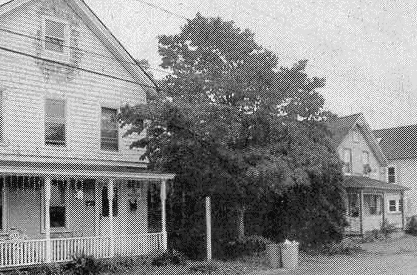|
Only certain types of takings cases present serious interpretive questions. It is clear that when the government physically seizes property (as for a highway or a park, for example) that it will have to pay just compensation. It is also clear that serious, sustained physical invasions of property (as in the case of low overflying aircraft, for example) require payment of compensation equal to the difference between the market value before and after the invasion. The difficult cases are generally those where government regulations, enacted to secure some sort of public benefit, fall disproportionately on some property owners and cause significant dimunition of property value. The Court has had a difficult time articulating a test to determine when a regulation becomes a taking. It has said there is "no set formula" and that courts "must look to the particular circumstances of the case." The Court has identified some relevant factors to consider: the economic impact of the regulation, the degree to which the regulation interferes with investor-backed expectations, and the character of the government action. Still, as our cases suggest, there is a lot of room for argument as to how these various factors should be weighed. Cases
Penn
Central v. New York City (1978)
|
 New York's Grand Central Station, the focus of attention in the Penn Central case. Questions 2. What do you think about the desirability of a rule that requires the payment of just compensation whenever governmental action causes a dimunition in value greater than a certain amount, say 10%? 50%? 3. Should the requirement of just compensation depend upon whether the government was taking action to prevent a harm or to secure a public benefit? 4. Lucas contended that the action of the S. C. Coastal Commission rendered his property valueless? Is this true? What value might it have? (In oral argument, Justice Blackmun asked the attorney for Lucas: "If the property has no value, will you give it to me?") 5. What options does South Carolina have after the Court's decision in Lucas? 6. Is Dolan just an "exactions" case, or does it have significance for other types of takings cases? 7. Does the "rough proportionality" test of Dolan strike you as one that courts will find easy to administer? 8. What is the "private property" that government may not take without just compensation? Does it include personal property such as a car? Does it include intellectual property such as rights under copyright law in a song? 9. Presumably, if the use for which property is taken is not "public," the taking violates the Constitution--even if compensation is paid. What might be examples of non-public uses? May the government condemn property and turn it over to a private developer? 10. If a 32-month moratorium on all development is not enough to be a per se taking (see Tahoe Preservation Council), what about a 10-year moratorium? Is the majority right is applying the Penn Central analysis to all bans on development called "temporary" by regulators?
Links
Most sites reflect the interests of property rights groups and endorse a broad interpretation of "takings" Protecting Private Property (Cato Institute) Regulatory Takings and Private Property (Public Eye) Endangered Species and Takings |












